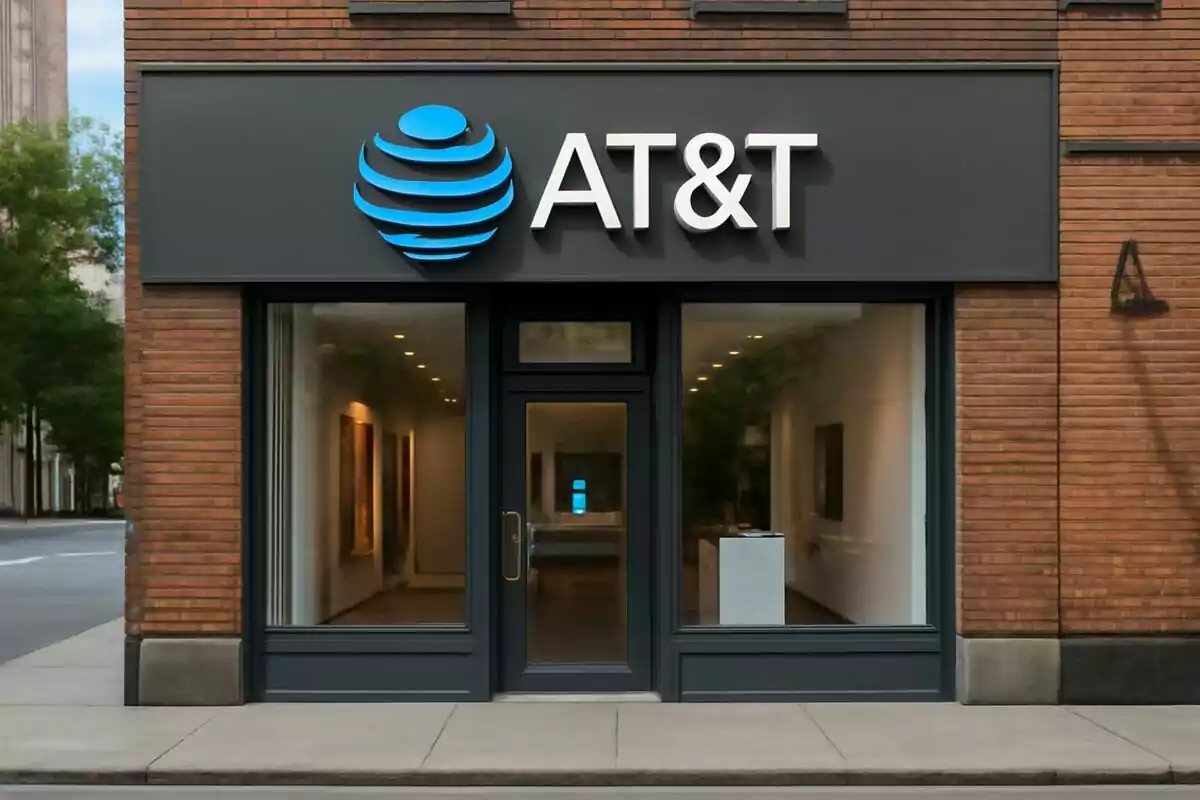
Unexpected twist at AT&T: the change will happen soon and customers will be affected
The operator will soon undergo a major overhaul that will significantly affect millions of Americans
Something important is happening inside AT&T, but many of their customers still aren't sure how it will affect them. The telecommunications company is in the middle of one of the most ambitious transformations in its history. Although the goal is to improve the service, the change is so deep that it still raises many questions.
AT&T is dismantling an entire network of traditional infrastructures, some of which are decades old. All of this is to replace them with modern, software-based technology. This means that connections, both at home and on mobile devices, will be more integrated than ever, using a single, more efficient system.
But the process is still underway. Nobody knows for sure whether this shift will end up benefiting or complicating users' lives.

A new approach from AT&T in networks and services
AT&T's chief technology officer, Jeremy Legg, presented this initiative as a complete rebuild of the network from scratch. The approach is based on "convergence." That is, bringing together fixed services (such as home internet) with mobile services under a single system.
This way, the company hopes to reduce costs and speed up the rollout of new solutions. What used to be managed separately, such as a fiber connection at home and a mobile data plan, will now operate from the same underlying network. This could open the door to better prices, higher speeds, and more personalized customer service.
It could also bring temporary disruptions and changes to current products.
Welcome to the digital world
One of the key steps in this transformation is replacing the traditional hardware that has supported AT&T's central offices for years. In its place, the company is adopting modern systems that run on Linux and software-defined networks. This not only reduces operating expenses, but also allows changes and updates to be made directly from the cloud.

Another important change is the removal of technologies considered obsolete, such as DSL service and classic voice lines. Although this may mean the disappearance of familiar services for some users, it also opens the door to new packages that are faster, more stable, and more personalized.
According to the company, this transformation will allow AT&T's physical stores, customer service centers, and apps to offer recommendations tailored to each user. For example, they could suggest a device upgrade, proactively detect service interruptions, or adapt an offer based on the customer's history. This represents a significant step forward.
In addition, this new infrastructure will make it easier to launch innovative products. For example, integrated cybersecurity tools that customers will be able to activate from the app without having to install any physical equipment.
More posts: